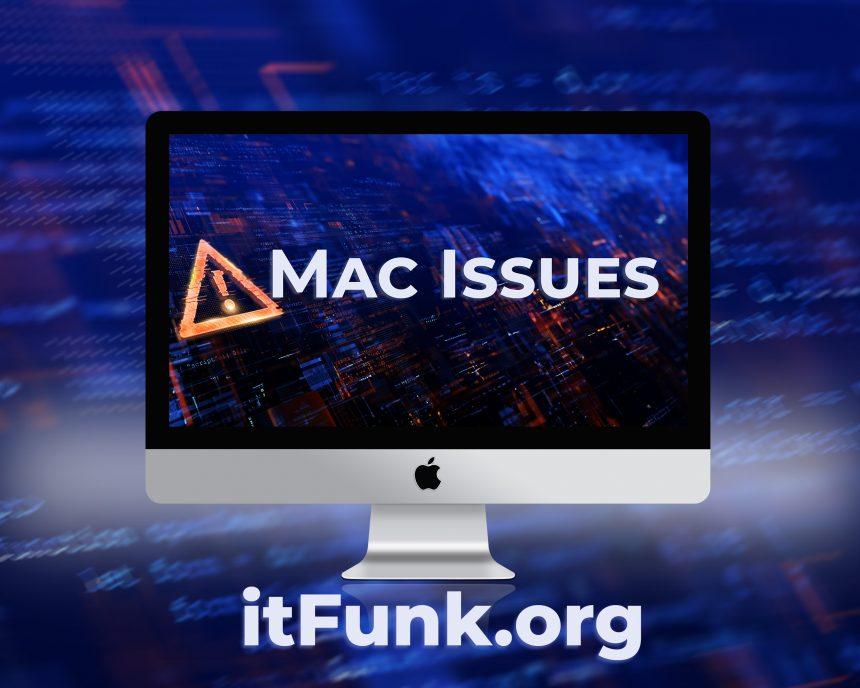In recent years, cyber threats targeting macOS have been on the rise, with the Centinol Mac virus emerging as a particularly concerning malware variant. This malware infiltrates macOS systems, causing various disruptions and posing significant security risks to users. Understanding how the Centinol Mac virus operates, its potential consequences, and how to effectively remove it is crucial for maintaining the integrity and security of your Mac. This article delves into the specifics of the Centinol Mac virus, explores similar threats, and provides a comprehensive guide for removal and prevention.
Actions and Consequences of the Centinol Mac Virus
The Centinol Mac virus is designed to infiltrate macOS systems stealthily. Once inside, it performs several malicious actions, including:
- System Hijacking: The virus can take control of various system functions, redirecting web traffic and altering browser settings without the user’s consent.
- Data Theft: It can collect sensitive information, such as login credentials, browsing history, and personal data, which can then be transmitted to remote servers controlled by cybercriminals.
- Performance Degradation: Infected systems often experience a noticeable slowdown, as the malware consumes significant system resources.
- Persistent Infection: The virus may embed itself deeply within the system, making removal challenging and allowing it to reinstall itself after being seemingly deleted.
Detection Names and Similar Threats
The Centinol Mac virus may be identified by various security programs under different names. Some common detection names include:
- OSX.Centinol
- MacOS:Centinol
- OSX/Adware.Centinol
Similar threats that have targeted macOS in the past include:
- OSX.Flashback: A notorious malware that exploited Java vulnerabilities.
- OSX/MacDefender: A fake antivirus software that tricked users into installing it and then demanded payment for bogus virus removal.
- OSX/KeRanger: A ransomware variant that encrypted user files and demanded a ransom for decryption.
Comprehensive Removal Guide for Centinol Mac Virus
Step 1: Disconnect from the Internet
Immediately disconnect your Mac from the internet to prevent the malware from communicating with its remote servers or downloading additional malicious payloads.
Step 2: Boot into Safe Mode
- Restart your Mac.
- Immediately press and hold the Shift key.
- Release the Shift key when the login window appears. Safe Mode will prevent some malware components from loading, making it easier to remove the virus.
Step 3: Identify and Terminate Malicious Processes
- Open Activity Monitor (Applications > Utilities > Activity Monitor).
- Look for any suspicious processes that you do not recognize. Common indicators include unfamiliar names and high resource usage.
- Select the suspicious process and click the “X” button to force quit it.
Step 4: Remove Malicious Files and Directories
- Open Finder and navigate to the following directories:
/Library/LaunchAgents/Library/LaunchDaemons/Library/Application Support/Library/Preferences
- Look for recently added files or folders with suspicious names.
- Move these suspicious files to the Trash.
Step 5: Check and Remove Malicious Login Items
- Open System Preferences and go to Users & Groups.
- Select your user account and click on the Login Items tab.
- Identify and remove any suspicious login items by selecting them and clicking the minus (“-”) button.
Step 6: Clear Browser Extensions and Cache
- Safari:
- Open Safari and go to Preferences > Extensions.
- Uninstall any unknown or suspicious extensions.
- Go to Preferences > Privacy and click on Manage Website Data. Remove all data.
- Chrome:
- Open Chrome and go to Settings > Extensions.
- Remove any suspicious extensions.
- Go to Settings > Privacy and security > Clear browsing data. Clear all data.
- Firefox:
- Open Firefox and go to Add-ons > Extensions.
- Remove any suspicious extensions.
- Go to Preferences > Privacy & Security > Cookies and Site Data. Clear all data.
Step 7: Restart and Verify
Restart your Mac normally and verify if the system is functioning correctly. Check if any suspicious activity persists.
Best Practices for Preventing Future Infections
- Keep Software Updated: Regularly update macOS and all installed applications to patch vulnerabilities.
- Use Strong Passwords: Implement strong, unique passwords for all accounts and enable two-factor authentication where possible.
- Download Software from Trusted Sources: Only download applications from the official Mac App Store or reputable developers.
- Be Cautious with Email Attachments and Links: Avoid opening email attachments or clicking on links from unknown or untrusted sources.
- Enable Firewall and Security Features: Ensure your Mac’s firewall is enabled and utilize built-in security features like Gatekeeper and XProtect.
- Regular Backups: Frequently back up your system using Time Machine or other backup solutions to safeguard your data.





